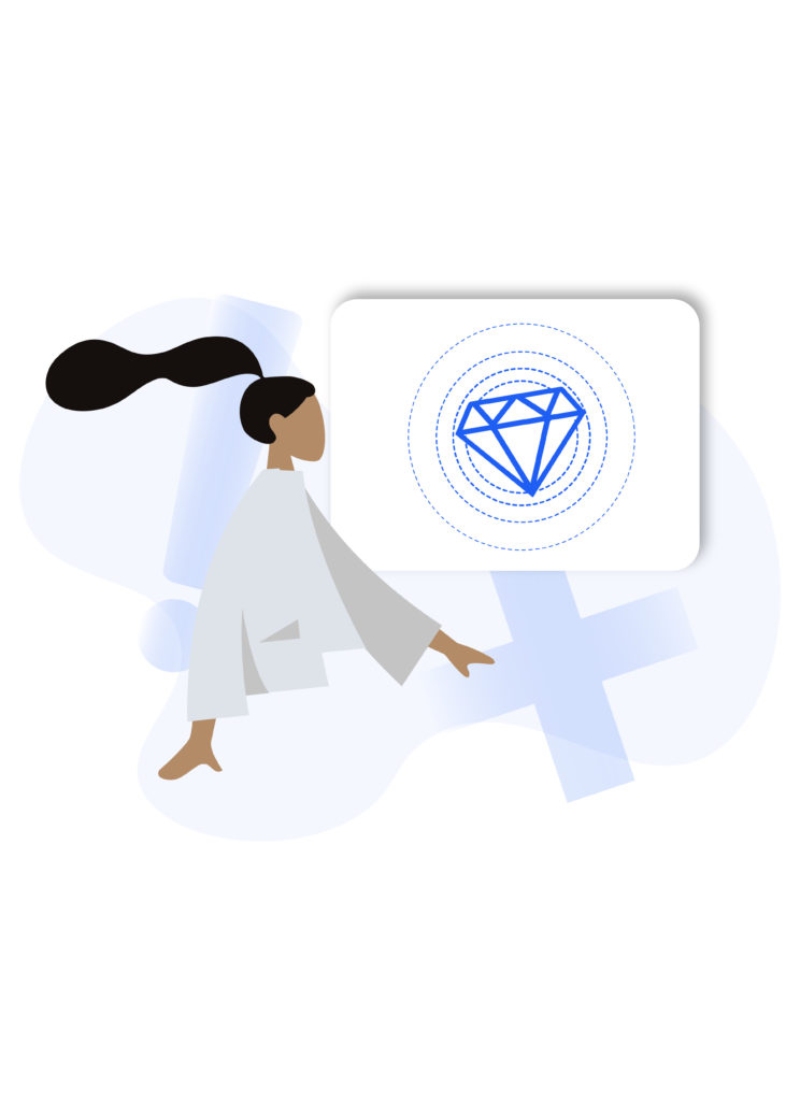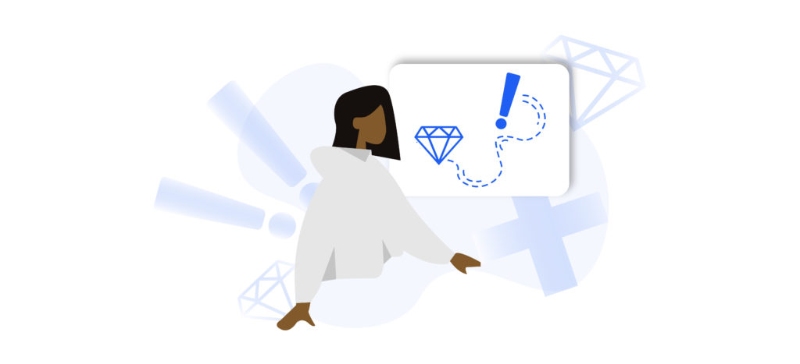
Diamonds have been a quintessential part of our special moments - some expressing love while others celebrating success. The shining stone is more an emotion today than an asset. A symbol for our memories, bonds, commitments, and accomplishments. As precious metals, gold and silver have never been able to evoke such a connect, as diamonds do - the signposts we create in our lives as reminders.
The diamond industry thrives and drives itself ahead on this consumer sentiment but the pandemic had somewhat staggered its growth in 2020 and later, post the second wave of the virus in April 2021.
Has the pandemic actually been able to mar the demand for the ‘forever stone’? If yes, will the industry be able to recover back to its earlier standards? What does the industry feel about the current phase? Let’s explore these questions in this article.
The Situation so far
The diamond industry supports around a million people in India alone. During the pandemic, the world was forced into lockdown which led to closing down businesses. Both the demand and supply sides were impacted - while the diamond industry was grappling with issues like shortage of labor, lack of credit, dwindling revenues, reduced demand, and the overall future of the diamond industry, the consumer pushed their expenses more towards essentials while postponing events until things got better.
The 2020 timeline evinced the polished-diamond markets sliding further south. The rough imports for diamonds were significantly less for the period of April, May, and June, from a usual $1 billion to $100 million sum. Global diamond production was estimated to be reduced by 23 million carats. Despite these concerns, the industry was soon showing signs of recovery in Hong Kong, China, and Europe, while India followed suit as the wedding season arrived in Q4 of 2020.
The period from October to March recorded one of the healthiest growth in the diamond industry in terms of demand and profitability until the arrival of the second wave in April and May this year. The year proved to be a fabulous one for the industry with huge profits and all-time-low inventories. Prices were up by year-end in 2020 and the demand was higher than the supply. So far, 2021 has been successful in carrying forward the high demand from the previous year except for a slowdown in Q3.
Why does the Future of the Diamond Industry Remain Secure in India?
There are numerous valid points that support the case of the upward trajectory for India’s diamond Industry. Firstly, the credit facilities available to diamond merchants are vastly based on a great trust network.
The industry handles millions of dollars worth of diamonds each year in Mumbai and Surat - the two major hubs for diamond manufacturing in India - for which the trust factor has to be huge. The trust network is further extended to include end retailers in China and America. Such a mammoth trust network ensures better risk management and risk-taking capabilities.
Indians are known for their entrepreneurial spirit globally, thanks to the excellent polishing skills of the workers here. Their skills go beyond standard cutting and include loupe-examining even small stones to get the maximum business out of production.
The Indians carry forward the legacy of diamonds via the family business model that has proven to be highly successful for the Indian community. Indians can better manage their conglomerates by placing different family members at several branches dispersed geographically across the globe.
Indian diamond industry has its major focus on smaller to mid-size diamonds. There is ample international demand filtering into India owing to the established trust network and the capability of the businesses to pay the best prices and deliver the best results. The Indian diamond industry has the potential to reach $60-70 billion in the next five years or so. At the same time, the lab-grown diamond market might see growth from $1 billion to $2-5 billion soon. The industry is in league with countries such as Hong Kong, Thailand, and China.

Emerging Consumer Trends in 2021 Favoring the Diamond Industry
The current statistics make it amply clear that the consumer’s connection with diamonds remains fundamentally unshaken. The diamond industry is being impacted much by consumer demand than the recent pandemic that shook the world businesses.
On the contrary, industry pundits have a very optimistic view about the post-pandemic trends. Colin Shah, Chairman at GJEPC, says, “In India, sales would be driven by factors like postponed engagements and marriages, festivities, and other gifting occasions. Moreover, consumers now have disposable income, which was earlier spent on traveling and vacations. Some of this will get diverted to jewellery.”
There is an increased demand in Q4 owing to the festival and wedding season and the huge pent-up demand and need-based demand. Even though Indian buyers have become conscious of their spending in the post-pandemic times, research from Forevermark Forum revealed that Indians still have a strong appreciation for diamonds, which continues to remain courtesy of their love for jewelry.
The demand is expected to double in the next 4-5 years as jewelry would continue to remain the preferred gifting option. Also, the demand for daily wear and minimalistic diamond jewelry is expected to explode in the coming days as choices shift towards functionality and refined design sensibilities. Jewelry brand Tanishq has been seeing an 85% recovery over the last year at an overall level and more than 70% on buyer level.
Also, the higher income group has accumulated huge amounts of unspent income as travel and vacation plans remain suspended, weddings have become smaller due to COVID restrictions, and the savings rate is high across the middle and higher class. These reasons are further pushing up the demand for diamonds. Customers, too, like to do their homework before stepping into the stores, leading to high conversion rates.
Globally, the numbers show a similar picture. A De Beers report found that 60% of men in the US planned to buy diamonds for their partners, and around 33% of women planned to buy diamonds for themselves. De Beers also recorded a 12% increase in the sale of rough diamonds in 2020. The signs are positive and point towards a bounce back led by stronger growth in 2021-2022.
Consumers are showing signs of adapting to the new normal and not abandoning diamond purchases at all, confirms an IDEX report. The report forecasted that the sales for polished and rough diamonds would be higher in 2021 than the numbers recorded in 2019.
According to De Beers’ Diamond Insight Global Sentiment report, China is leading the world in the restored consumer sentiment, with 85% of consumers saying they were settled into their new routine. In comparison, the consumer sentiment stands at 65% and 63% for the US and India, respectively.
The diamond industry is evolving, and innovations are underway that reduce the market’s dependency on rough diamonds alone. Steadily, Lab-grown diamonds are gaining acceptability as awareness about the same spreads across the consumers. A lot of corporate capital inflow and government policy initiatives are making sure the industry’s future remains bright despite the pandemic or other unfavorable events. The shift to e-commerce portals is driving another revolution in the retail diamond industry, blurring the boundaries and changing the way how jewellery business is conducted.
Diamonds, surely, are forever (physically as well as commercially)!


